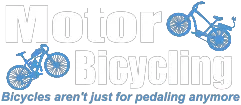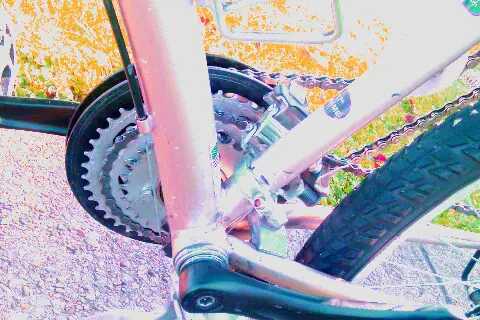I agree that perfectly straight chain lines are a basic requirement. No chain misalignment should be tolerated on motor powered bikes. Like Larry said, much grief will follow, though you might get away with it for awhile, ride it much and it will happen quicker. Many of the guys that gripe about lousy chain quality, breakage, wear, Chinese junk etc. won't admit that they've never dealt with alignment issues. Just said that ought to be good enough and started riding, but bairdco got it right:try it, you may break a law or two of physics and get away with it, and really like the way your bike performs.
A caveat to this is the reality of multi speed pedal bikes getting away with some cross chaining while using a spring loaded tensioner, because of the very modest power input of even pro racers, compared to motor powered bikes and the very high sophistication of the derail system. This said the real world experience of motor bike shifter kits which take advantage of this multispeed bicycle tech to couple a motor to a multi-speed, typically 7 speed, cassette through a jack shaft and it works well through a Shimano or Avid designed drive that allows for the chain offset, but I've talked with owners who've ridden these for years and they report using the center three or four cogs exclusively, to avoid the problem of cross chaining trying to use the extreme low and high cogs of the system. They still break an occasional chain or simply throw the chain at odd times, just like on a pedal mountain bike. It's the same solution that multi speed pedal bikers came to decades ago...don't cross chain between the extreme ranges.
So that's the con and the pro of making an offset work, they will if you're up to the challenge of matching what Shimano makes or just buy a shifter kit and a frame that it will work on. They'll still throw chains, break & wear; just not as often.
Rick C.



